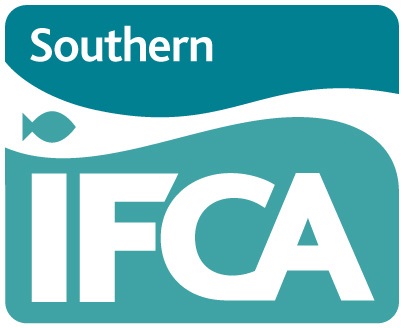Bottom Towed Fisheries
Bottom Towed fishing gear is used throughout the Southern IFC District in the coastal waters of Dorset, Hampshire and the Isle of Wight. Bottom towed fishing gear includes scallop, mussel, oyster and clam dredges, trawl nets and bait draggers. However, there are many areas all over the District in which all Bottom Towed Gears are prohibited in order to protect sensitive marine habitats. For more information about the location of these area’s see the
Bottom Towed Gear Regualtions Page
,
or for more information regarding why these areas are protected see the relevant
Conservation Page.
In Dorset's Lyme Bay and, the East Solent, scallop dredgers collect king scallops from seabed sediment habitats using dredges. Dredges are also used to collect clams and cockles in Poole Harbour and Southampton Water. A Southern IFCA permit is required to use a dredge in either Poole Harbour, Southampton Water or the Solent. For more information on these activites visit the
Solent Dredge Fisheries Page
and the
Poole Harbour fisheries Page
.
Bottom trawls (light otter trawls and beam trawls) are used to target a variety of fish species including cuttlefish, sole, plaice, squid, skate and rays, throughout Lyme Bay, Weymouth Bay, Poole Bay and in the Solent.
In 2021, more than 1,114 tonnes
1
of fish and shellfish were caught in ICES Rectangles 29E7, 30E7 and 30E8 using bottom trawls and dredges. This total is dominated by mussels (380), scallops (253) and manila clams (240). Mussels are harvested in Dorset as mussel seed (juvenilles) and then relayed on the seabed to grow on to reach market size. The largest amount of fish in this total is Plaice at 40 tonnes.
1
Data recieved from the Marine Managment Organisation, 2022. ICES Rectangles 29E7, 30E7 and 30E8 cover the majority of the Southern IFC District and some areas outside.
